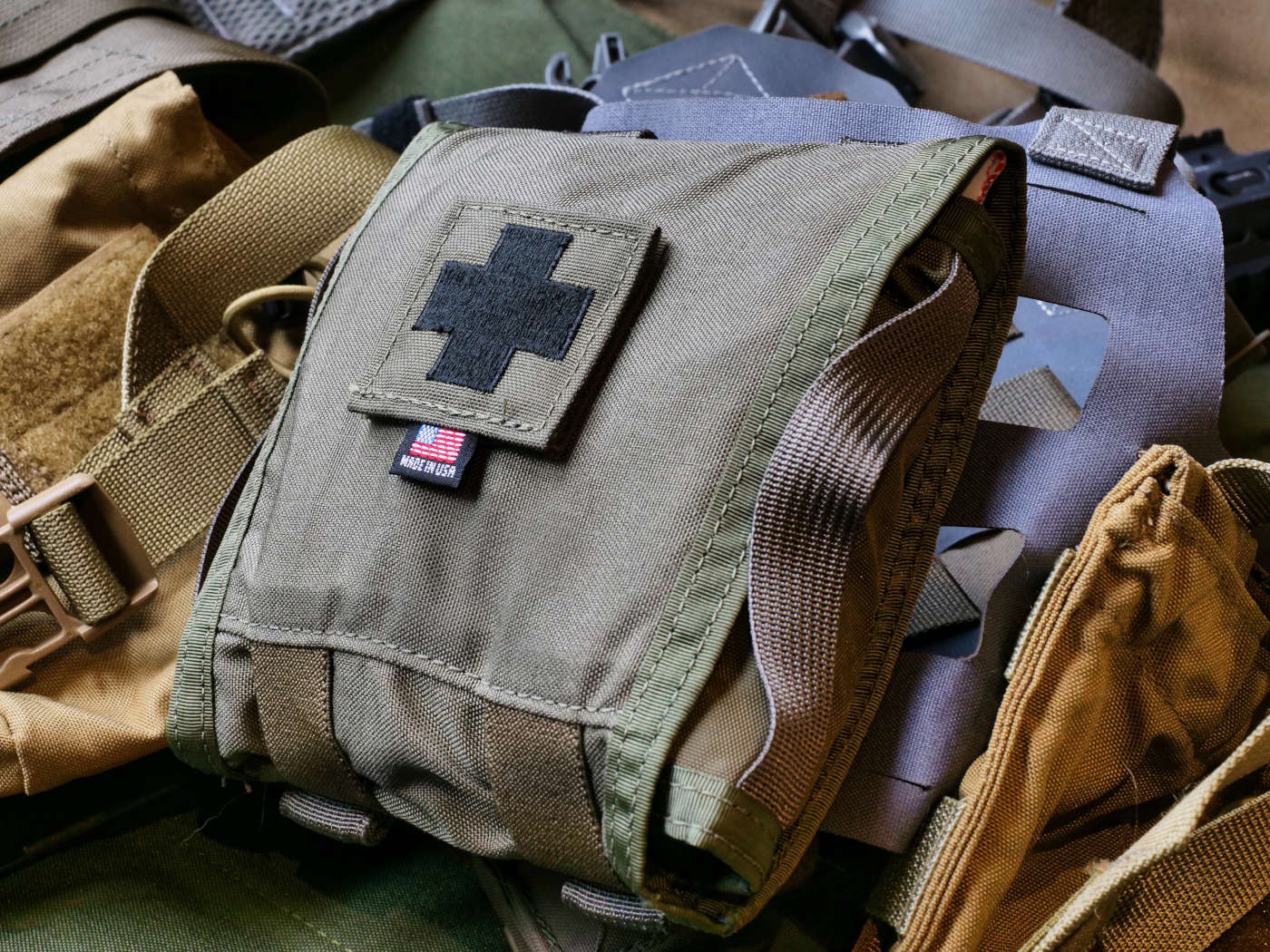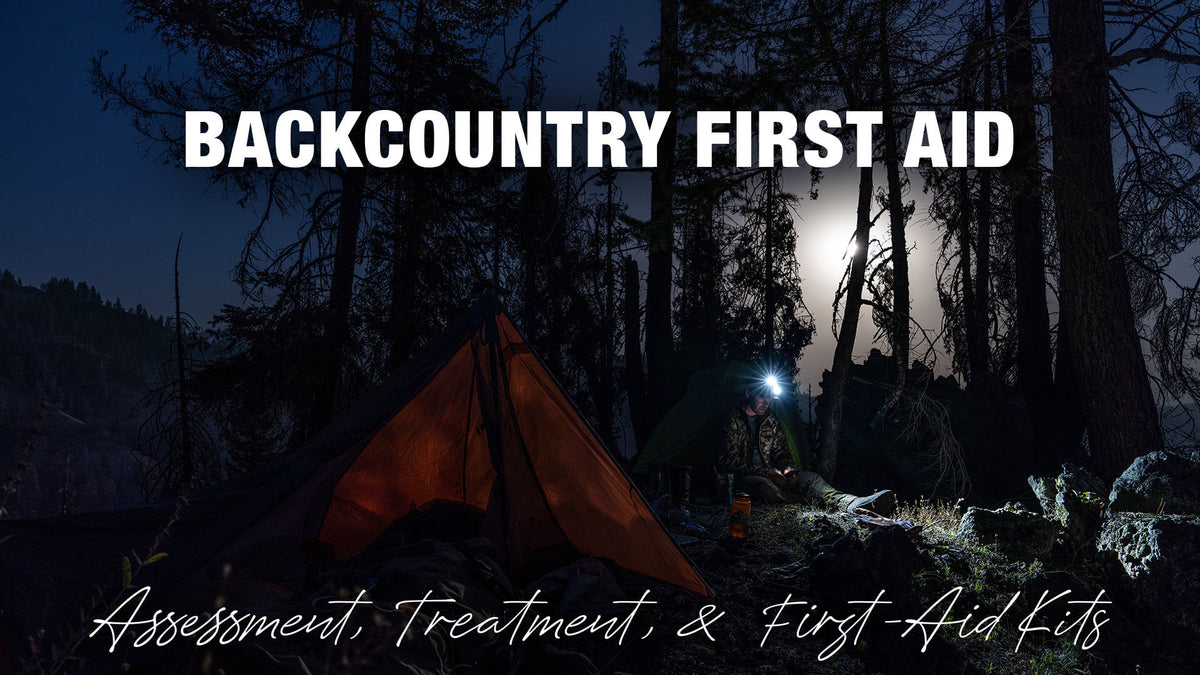From Sticky holsters.
The original article can be found on Sticky Holsters website: https://stickyholsters.com/blog/insights-why-you-should-add-medical-supplies-to-your-edc/
|
|
|
|
|



